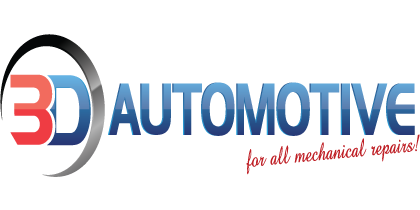| Brake Pad Replacement, Brake Ajustment, Handbrake Adjustments, Brakes – Disc & Drum Machining, Front & Rear , Abs Car Brake Safety Check, Clutch Replacement, Clutch Repairs | ||||
Vehicle Clutch ChecksIn case you are in any doubt that your clutch is actually faulty we will complete a free clutch check while you wait. Through our expert diagnosis we will be able to tell if your clutch is faulty before we start any work on your vehicle. If you think that you are having problems with your clutch just bring your vehicle along to 3D Automotive and one of our skilled technicians will check out the problem with no obligation. Contact Simon To Enquire
How The Clutch Works
|




